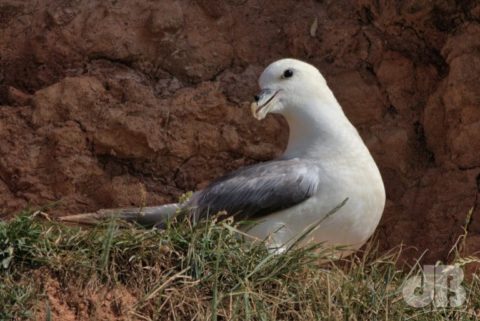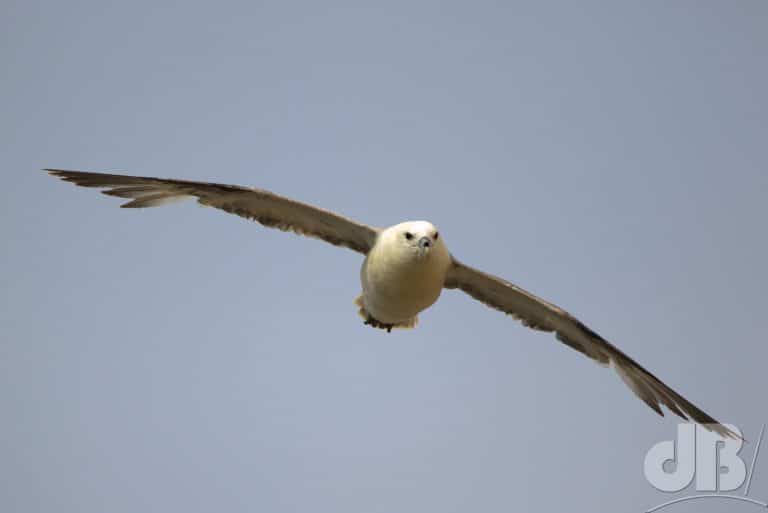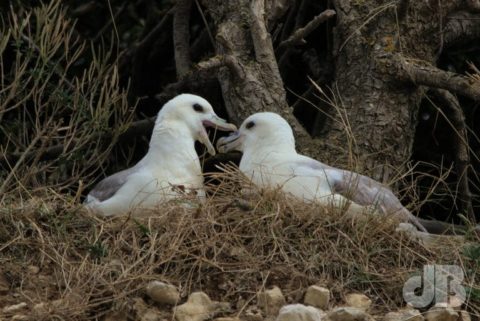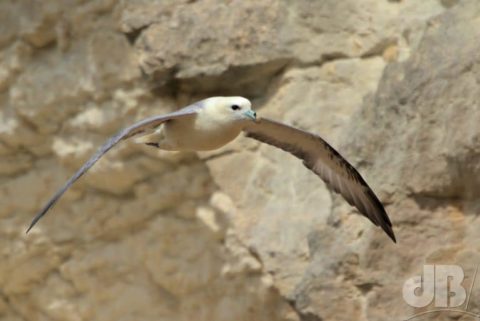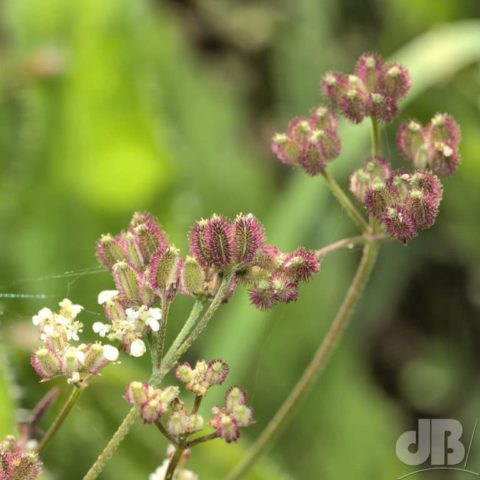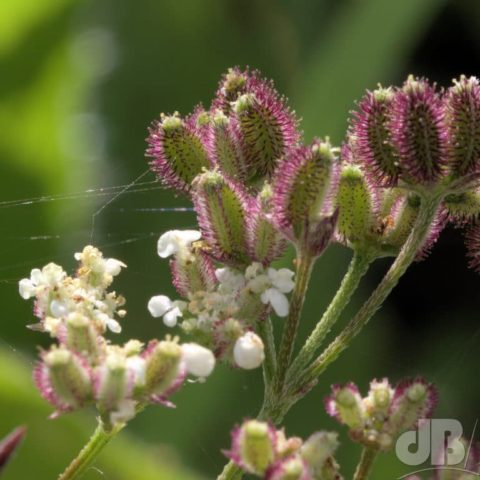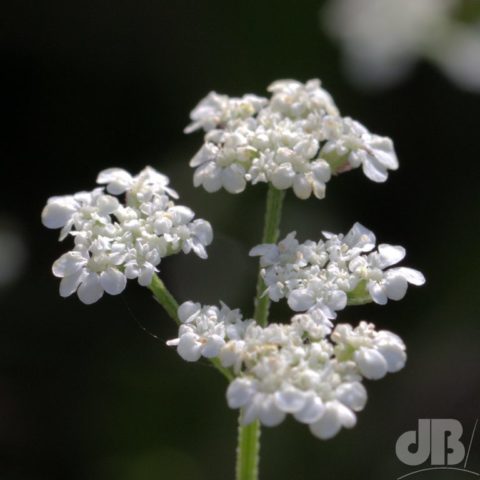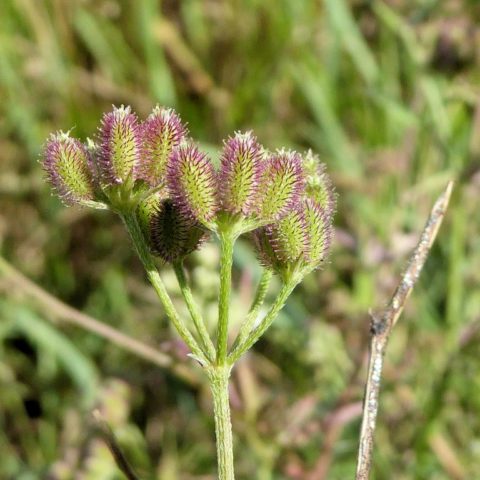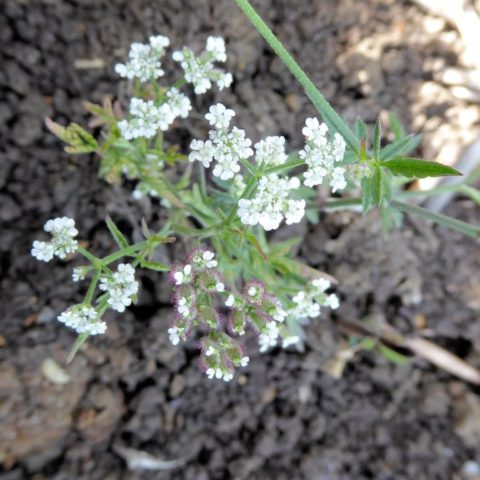Sometimes a guitar lick comes out of nowhere…it just finds itself morphing from sub-cognitive neuronal activity to muscular movements and takes on a life of its own. I noodled about on the guitar with one such riff recently. Simple stuff really, the basic chords were a few majors and a minor, but working up the neck rather than standard first positions. Then a repeat of that but ending with a turnaround taking it back down.
It was reminiscent of a hit song by Frankie Valli and The Four Seasons which we sing with bigMouth occasionally. Classic song, Northern Soul style. I left it for a while, I couldn’t just write a new version of The Night.
A couple of weeks went by, the arpeggio was still in my head, shifted it up a third to give it a different vibe and added what one might call a chord progression for a putative chorus, almost with a flamenco bouquet. I wanted to build it into something but step well away from trying to do a Northern Soul song. So, I turned to the fantastic drum recordings of previous online collaborator, Klaus T. He had a recording in his archives on WikiLoops that was perfect, but only one minute thirty long.
I downloaded the wav file and overdubbed a bit of directly injected Taylor acoustic guitar, capo 3, with the chord progression arpeggiated. Sounded fine, but his track was too short for a complete song and there were fills and endings I needed to edit over to extend it for a full-length song. With that done, I redid the acoustic overdub to make it a complete song of about 3 minutes, then added a Yamaha bass lick. With that nailed, a heavy funk guitar was needed and that was done on Fender Telecaster.
Next step would be to write some words to make it into a song. Something I often do while trying to think of a lyric is to lay down a guitar solo over the whole song to give me an idea of what the melody might sound like once the words are ready, so that was done. Then I overdubbed some random burbling words following the guitar solo as a pseudo guide vocal.
It wasn’t working as a song…so I did a second take on the guitar solo and changed the sound a bit…then I had a thought, why not have both guitar solos vying (pardon the pun) off each other? So, the intro was held centre stage, and once we get to the turnaround, I panned one solo left and the second right…sounds good, but still no words. Maybe this is destined to be a perpetual instrumental, I thought.
It’s so far away from what I’d started with and certainly is no longer reminiscent of The Night. I tried playing in a bit of Hammond Organ to experiment with a different vibe altogether on the off-chance that would trigger some lyrical thoughts. But, that wasn’t to be either, just sounded too retro and like I was trying to ripoff the aforementioned seasonal song.
Then, another brainwave…how about choral harmonies nodding to The Beach Boys and Queen, that ought to keep it away from Northern Soul. So, I overdubbed six harmony parts, just singing “oohs” to fit the main riff. Applied some equalisation, reverb, the usual stuff, panned and stereo spread them to make it sound like a vocal ensemble rather than just my voice singing along to myself over and over. These became a standalone intro ahead of the instrumental drums and bass intro and are reprised later in the track a couple of times.
Finally, I chopped that chunk of choral to make it sit with the two-chord shuttle at the end of the song, where I abandon the chordal ascent, turnaround and descent and just sit on two major chords a I and a II before shifting up to a III, and not the minor chord (iii) as you’d expect. I later added a final bar of “aahs” also in six-parts just to add a tail to the piece, giving it a nice finale and takes us well back into the 1960s or early 1970s progressive rock in terms of style, I think.
A melting pot, a dash of The Four Seasons, a sprinkling of Chili Peppers, maybe some Placebo and The Manic Street Preachers, Queen, The Beach Boys, 10cc, The Eagles, who else? No idea, none of it was really deliberate and I still cannot call it a song, it’s definitely an instrumental.
That’s okay…tonight.
Footnote
I attempted to video myself from a couple of angles miming the guitar parts to the tune, but it all got a bit complicated trying to frame just my hands and the guitar without recruiting Mrs Sciencebase to assist. Instead, I went looking for a Creative Commons video that would fit the mood of the song and could be used freely. Found a nice montage of interesting video recordings from a Flickr contributor “illbethesun” aka Yug_and_her from Hyderabad. There are some lovely vignettes in the montage, all very atmospheric and evocative. I stretched and reversed and chopped and duplicated, and added some effects to make it long enough and intriguingly somehow tell the tale of this lyric-free song.
Unfortunately, I then noticed that although the search had supposedly brought back C0 content, this video actually had a rather limiting licence that precluded remixing and also commercial use. So, I searched again and found a properly C0, no rights reserved video, which is not quite as intriguing but it at least it allows me to use it as I please. It’s drone footage of Hong Kong at night. I added some thoughts in caption form to make this an instrumental with words.
I’ve messaged the creator of the original video to see if I can get permission, but have set it private on Youtube, it probably won’t play, but I’m leaving the code here ready for his hopefully positive response.
